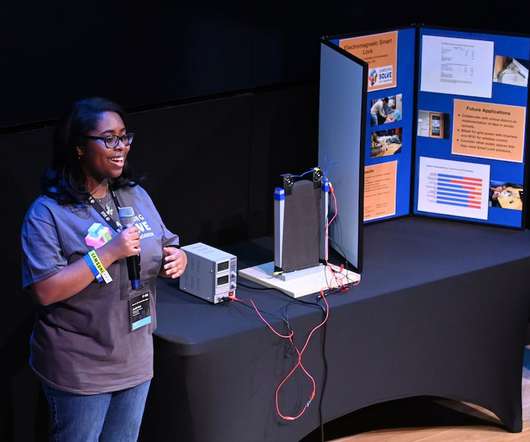The Edtech Revolution: 2010 – 2017
Securly
FEBRUARY 14, 2017
In December 2010, The Journal –“t he leading Technology based education publication for K-12 and higher education”– published an article with a 5-prong prediction for the following year. Will more schools embrace student-centric mobile devices? But, how does the 2010 vision for edTech match what’s actually happening today?













































Let's personalize your content